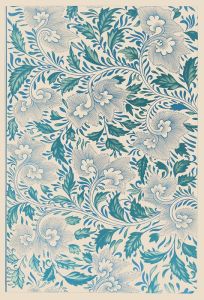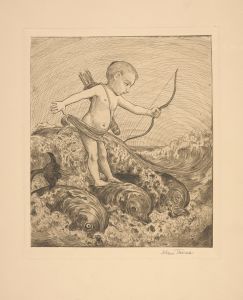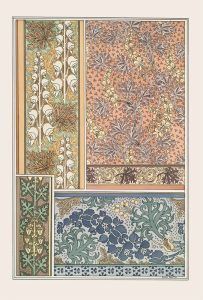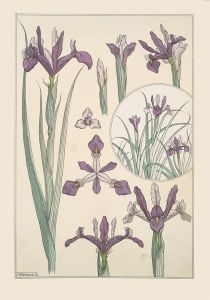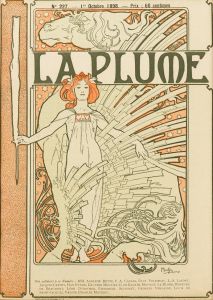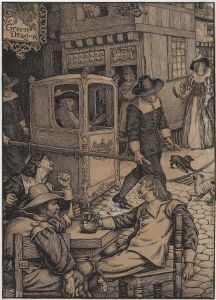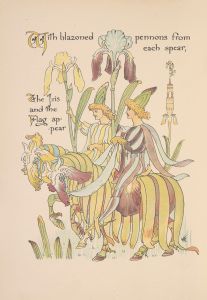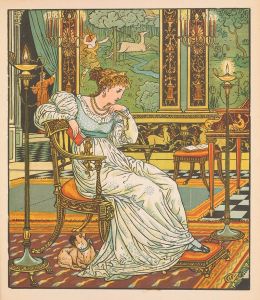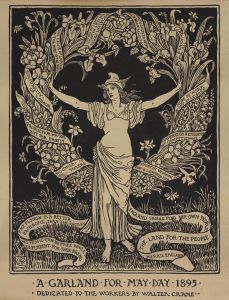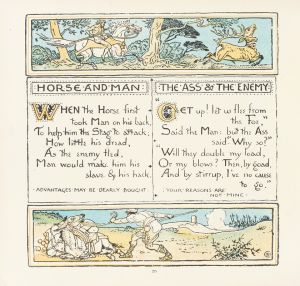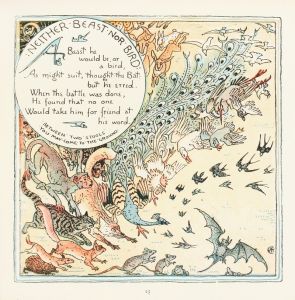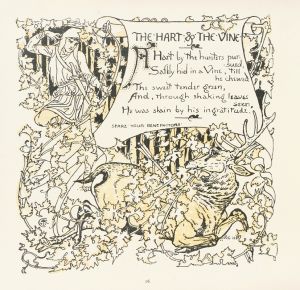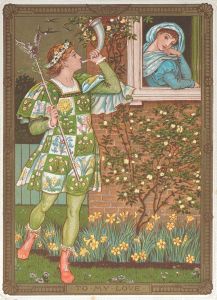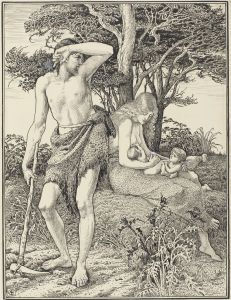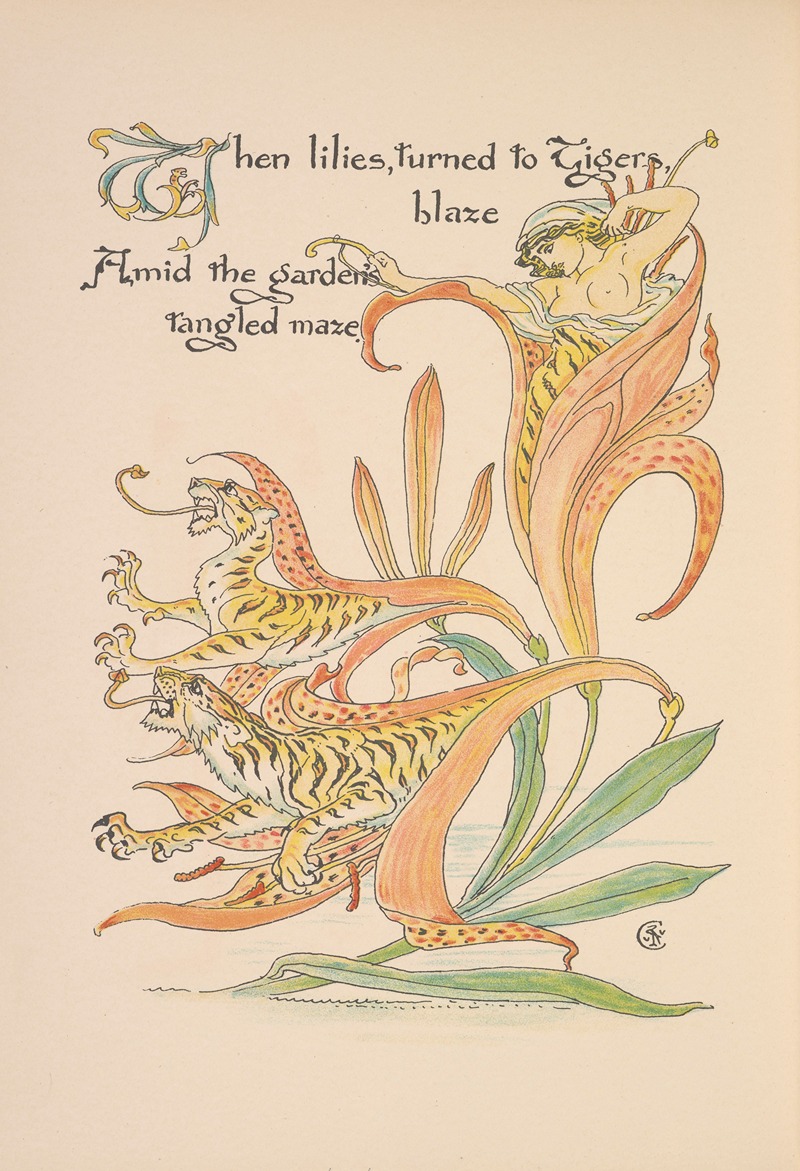
Flora’s feast; A masque of flowers Pl.34
A hand-painted replica of Walter Crane’s masterpiece Flora’s feast; A masque of flowers Pl.34, meticulously crafted by professional artists to capture the true essence of the original. Each piece is created with museum-quality canvas and rare mineral pigments, carefully painted by experienced artists with delicate brushstrokes and rich, layered colors to perfectly recreate the texture of the original artwork. Unlike machine-printed reproductions, this hand-painted version brings the painting to life, infused with the artist’s emotions and skill in every stroke. Whether for personal collection or home decoration, it instantly elevates the artistic atmosphere of any space.
"Flora’s Feast; A Masque of Flowers" is a celebrated work by the renowned English artist and book illustrator Walter Crane, first published in 1889. Walter Crane (1845–1915) was a pivotal figure in the Arts and Crafts Movement, known for his innovative contributions to children's book illustrations and his influence on decorative arts. His work often featured elaborate and imaginative designs, characterized by a harmonious blend of color and form.
"Flora’s Feast" is a prime example of Crane's artistic style, showcasing his fascination with nature and mythology. The book is a visual celebration of flowers, presented as a masque—a form of festive courtly entertainment that flourished in 16th and early 17th century Europe. In this context, Crane uses the masque to personify flowers, bringing them to life in a series of vibrant illustrations that capture the essence of each bloom.
Plate 34 of "Flora’s Feast" is one of the many exquisite illustrations in the book. While specific details about this particular plate are limited, it is consistent with the overall theme of the work, which involves the depiction of various flowers as characters in a grand, floral pageant. Each illustration in the book is accompanied by a short verse, written by Crane himself, which adds a poetic dimension to the visual experience.
Crane's illustrations in "Flora’s Feast" are noted for their intricate detail and the use of bold, flat colors—a hallmark of his style that was influenced by Japanese woodblock prints and the Pre-Raphaelite Brotherhood. The book exemplifies Crane's ability to merge art with literature, creating a cohesive narrative through imagery and text.
"Flora’s Feast" was published during a time when there was a growing interest in botany and the symbolic meanings of flowers, known as floriography. This cultural context may have contributed to the book's appeal, as it offered both aesthetic pleasure and an exploration of the language of flowers, which was a popular subject in Victorian England.
Walter Crane's work, including "Flora’s Feast," played a significant role in the development of children's literature and book design. His approach to illustration was both educational and entertaining, aiming to inspire a sense of wonder and appreciation for the natural world. Crane's legacy continues to influence artists and illustrators, and his works remain a testament to the artistic and cultural movements of his time.
In summary, "Flora’s Feast; A Masque of Flowers" is a distinguished example of Walter Crane's artistic talent and his contribution to the Arts and Crafts Movement. Plate 34, like the rest of the book, reflects Crane's unique ability to blend art and poetry, creating a timeless celebration of nature's beauty.





